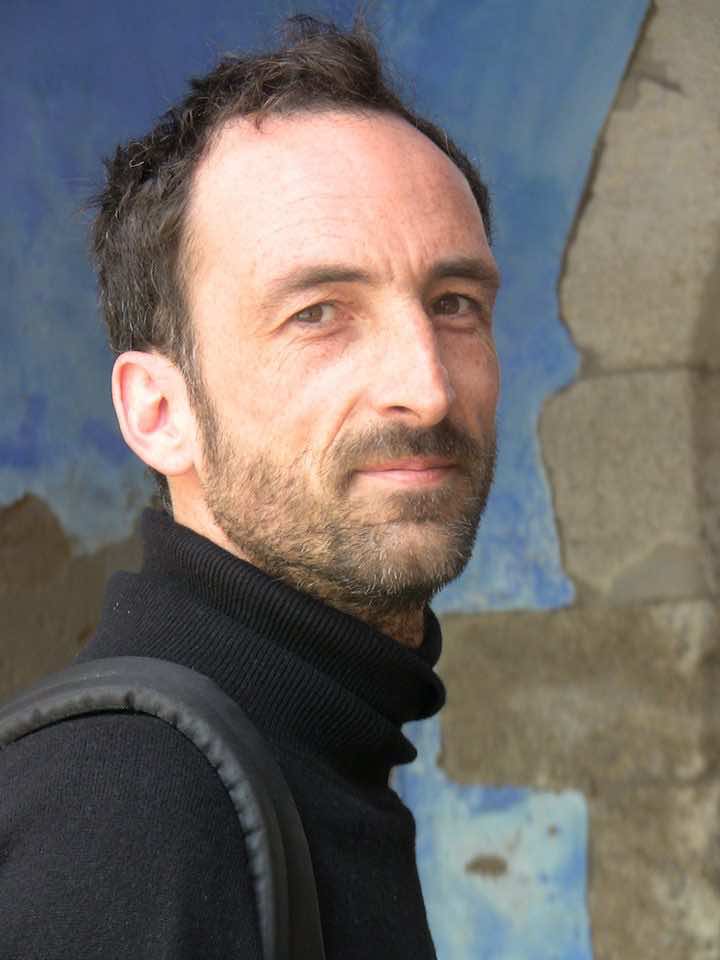Towards the post-Digital in the Humanities? NACMM and Platform HARAKAT as case studies
Article Sidebar

Main Article Content
Taking into consideration the complexity that frames the relationship between Globalization and Decolonization this text aims to unveil the potentials (and the burdens) of the Digital Humanities in relation to artist residencies focusing on North Africa as a geographical framework. Through the text I wish to argue that the Digital Humanities should be seen as both an imperative and an exclusionary process by asking the following questions: What is the impact and social projection of the Digital Humanities in relation to the evolution of artists in residencies in the region? What are its methodological innovations, beyond the application of certain technologies? And in what way do they interconnect and hybridize knowledge(s) in an era of widespread prejudice? These questions, framed by a vision that contemplates, reflects and acts in favor of the different realities and responsibilities of the artists in residency model, are the ones through which first NACMM and afterwards Platform HARAKAT have evolved with the aim to promote the encounters of imaginaries and realities that shape the contemporary Mediterranean.
Article Details
Copyright
For all articles published in Artnodes that are subject to a Creative Commons Attribution 4.0 International licence, copyright is retained by the author(s). The complete text the license can be consulted at http://creativecommons.org/licenses/by/4.0/. You may copy, distribute, transmit and adapt the work, provided you attribute it (authorship, journal name, publisher) in the manner specified by the author(s) or licensor(s).
Authors are responsible for obtaining the necessary licences for the images that are subject to copyright.
Assignment of intellectual property rights
The author non exclusively transfers the rights to use (reproduce, distribute, publicly broadcast or transform) and market the work, in full or part, to the journal’s editors in all present and future formats and modalities, in all languages, for the lifetime of the work and worldwide.
I hereby declare that I am the original author of the work. The editors shall thus not be held responsible for any obligation or legal action that may derive from the work submitted in terms of violation of third parties’ rights, whether intellectual property, trade secret or any other right.
Pau Catà Marlès, University of Edinburgh
Pau Cata has been working in the cultural field as facilitator and curator for more than 10 years. He completed his degree in ContemporaryHistory by the University of Barcelona in 2004 with awarded Erasmus in Italy and Greece. In the same year, he moved to London where he worked at The British Museum and the White Cube Gallery while completing a Diploma in Arts Management from Birkbeck College.
He also participated in different courses on curating at Central Saint Martin’s School of Art and Design and created the curatorial partnership
Nomadic Projects. He has an MA in Critical Arts Management and Media Cultural Studies from LSBU, for which he was awarded a Distinction
and the Course Director Prize for Outstanding Achievement. Since 2009 he has been the founding director of CeRCCa, Center for Research and Creativity Casamarles, an AIR Program and research center outside
of Barcelona. As part of his job, he has been involved in numerous research projects in the field of artist mobility and Artists in Residence
Programs and has curated more than 12 exhibitions. He is currently a PhD candidate at the University of Edinburgh and co-coordinator
of NACMM / North Africa Cultural Mobility Map, Platform HARAKAT and KIBRIT.
Similar Articles
- Andreu Belsunces, Laura Benítez Valero, Ulrich Brandstätter, César Escudero, Fabricio Lamoncha, Paula Pin, Enrique Tomás, Diffractive Interfaces: diffraction as an artistic research methodology , Artnodes: No. 20: (December 2017). NODE 20. Art and Research (Editors: Pau Alsina, Ana Rodríguez, Irma Vilà Òdena)
- Eloi Puig, Auto-referentiality in art. Metalanguage in the digital medium , Artnodes: No. 6: (November 2006). NODE 6. (Editor: Pau Alsina)
- Pau Alsina, Debunking the myth of the immateriality of digital art: towards a neomaterialist focus on the arts , Artnodes: No. 14: (November 2014). NODE 14. New Feminist Materialism (Editor: Ana Rodríguez Granell)
- Pau Alsina, Editorial , Artnodes: No. 17: (June 2016). NODE 17. Art and Education (Editor: Aida Sánchez de Serdio)
- Josep Perelló, Poincaré and Duchamp: meeting in the fourth dimension , Artnodes: No. 4: (July 2005). NODE 4. Calculability (Editor: Pau Alsina)
- Jaron Rowan, Marta Camps, Design research: suturing bodies, puppies, epistemologies and moons , Artnodes: No. 20: (December 2017). NODE 20. Art and Research (Editors: Pau Alsina, Ana Rodríguez, Irma Vilà Òdena)
- Mari Nieves Vergara, The kaleidoscopic interference and the double-slit project: Borges’ thought, quantum behaviour and multiverse theory , Artnodes: No. 25: (January 2020). NODE 25. Dialogs Between Art and Fundamental Science (Guest Editors: M. Bello & A. Gracie)
- Rosa Barba, Inventory of cinematic spaces. A fictional library , Artnodes: No. 34: (July 2024). NODE 34. Materiology and variantology: invitation to dialogue (guest editors: Siegfried Zielinski & Daniel Irrgang)
- Slavko Kacunko, Big Bacteria for Micro-Humans. Bacteria as an archeological - ecological nexus for an integrative form of health and heritage research , Artnodes: No. 16: (November 2015). NODE 16. Art Matters II (Editor: Ana Rodríguez Granell)
- Victor Flores, The Metrics of Landscape. Stereo fieldwork by Francisco Afonso Chaves and other Portuguese Explorers , Artnodes: No. 21: (June 2018). NODE 21. Media Archaeology (Editors: Pau Alsina, Ana Rodríguez, Vanina Hofman)
<< < 21 22 23 24 25 26 27 28 29 30 > >>
You may also start an advanced similarity search for this article.